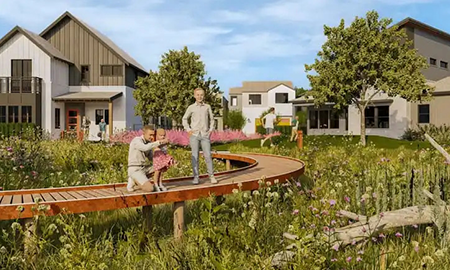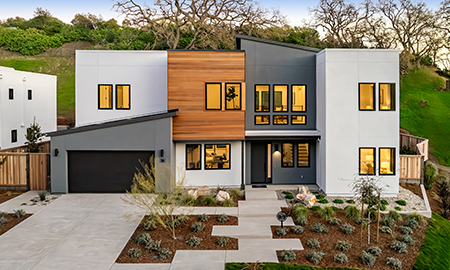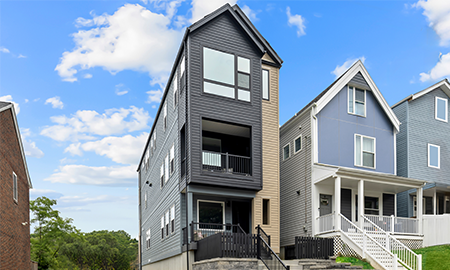The reality of California State Senate Bill 1953 is that many hospitals have already or will need to abandon certain buildings that cannot be economically re-engineered and remodeled to meet the new law. What will happen to buildings that ultimately will not be able to accommodate acute care in California? Adaptive reuse is a viable option that, typically, is less expensive than new construction, as the shell of the building is left mainly intact, and pre-developed for services and infrastructure. Communities are usually positive toward the re-use of these buildings, which are generally located in familiar, well-used areas, and the projects create jobs and avoid blight.
Several of these vacant buildings have already been "re-purposed" without any mention of the SB 1953 law, as the hospital groups do not want the buildings perceived as dangerous. Several recent adaptive re-use projects have created well-needed healthcare, medical and wellness spaces that are now significantly located. These offer the neighborhoods access to more varied care and allow medical groups to offer more currently requested wellness offerings for rehabilitation, fitness and follow-up care.
Other de-commissioned hospital buildings have already afforded excellent locations for retail and even luxury apartments. Since the hospitals are usually centrally located by other commercial services, residential and mixed-use conversion has been successful. These buildings present many varied utilization possibilities. Other transformations have included skilled nursing, a charter school with housing, and even business incubators.
There are incentives to the adaptive reuse of these properties. They enrich the neighborhoods and attract a wider population base. There is also a welcome sustainability factor that favors the salvaging of the building components that are now not directed to landfills. Many communities will offer development incentives for the re-use projects. It is an effort to protect the history of our cities, and preserve jobs and the character of the neighborhood. The existing transportation networks will remain, and the repurposed building(s) will help preserve tax revenue for the city. Many communities will offer tax and development incentives for the reuse projects.
However, with any transformation, there are challenges. Some of the abandoned spaces are situated deep into the healthcare campus, and the overall master plan of the area will help to determine the best use of the space. Parking is usually a concern for any re-use effort, as office space or retail space may require more parking. Most of the projects will require some seismic upgrade; thankfully not to the level of hospital spaces, which are required to not only withstand a major earthquake, but also remain fully functional as a hospital. Older buildings may require addressing upgrades for technology, along with electrical and mechanical codes. The improvements for plumbing regularly are an issue, as additional fixtures may need to be added per current codes, and the city sewer use may determine if the building can be utilized for commercial or residential.
Some communities are concerned that as hospital buildings are taken offline, valuable medical services will be lost. Urgent care or emergency services are being developed in many communities to offset the loss of hospital space and serve as a practical and favored re-use type, as long as they do not house overnight (past 23 hours) patients.
A feasibility study is the best way to determine use, condition and cost for any site. Parking, engineering, differing codes for the reuse occupation, and the amount of renovation for each particular transformation will need to be accessed. Regardless of the project's direction, it will require the right team to get the community involved, understand the needs of the neighborhood, conduct an infrastructure assessment and recognize the costs.
2020 is one of the major milestones in the SB 1953 timeline and will result in more hospital buildings coming offline. These can present rare development opportunities that should be studied and considered for building our community infrastructure and sustainably repurposing these structures.







